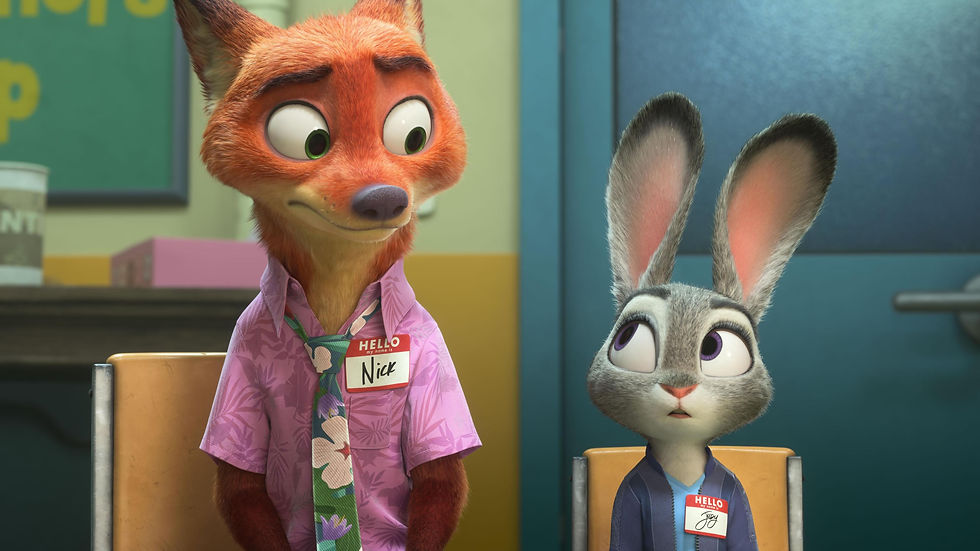The Hunger Games: Catching Fire
- Gus Keller
- Nov 14, 2023
- 1 min read

Catching Fire fleshes out the world-building, antagonist, and internal conflicts. However, it's also a retread without a conclusion. Like its predecessor, it has strong characters, social commentary, dynamic relationships, and contrived tropes. The acting remains complex with synergy, vulnerability, physicality, believability, layers, and intensity. Meanwhile, the added depth to the villain and political structures arguably exposes their thinness. Plus, the protagonist never faces a moral dilemma. Still, the film deserves credit for emphasizing themes and emotions over the obvious spectacle. Catching Fire isn't as whole or potent as the original, but it's a valiant effort.
Technically, Catching Fire supports its tone and scale. Its cinematography is less shaky yet less unique, with proficient lighting, focus, framing, and aspect ratios. The editing's emotional pacing makes the runtime long with slow momentum. Its sound offers sci-fi, action, ambiance, fades, and split cuts. The music is thematic but less prominent. Its production design maintains the distinct retrofuturism look with added scope. The broader effects use CGI, green screens, blood, makeup, prosthetics, and stunts. Its cast supplements the returners with skilled newcomers. Ultimately, Catching Fire is arguably deeper and darker than the original, but certainly less concise.
Writing: 7/10
Direction: 7/10
Cinematography: 7/10
Acting: 8/10
Editing: 7/10
Sound: 7/10
Score/Soundtrack: 7/10
Production Design: 9/10
Casting: 9/10
Effects: 8/10
Overall Score: 7.6/10




Comments